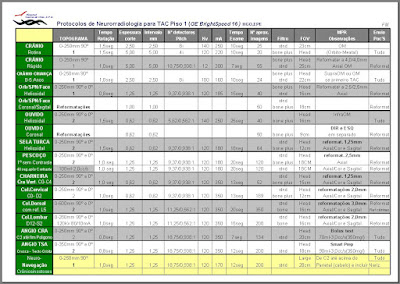


















A arterite de Takayasu é uma doença inflamatória de causa desconhecida que afeta a aorta e seus ramos. Embora já tenha sido relatada em todo o mundo, ela mostra uma predileção por mulheres asiáticas jovens. Para cada homem com a doença, existem oito mulheres que tem. A idade de surgimento geralmente está entre os 15 e 30 anos.
Takayasu's arteritis (also known as "aortic arch syndrome", "nonspecific aortoarteritis" and the "pulseless disease" is a form of large vessel granulomatous vasculitis with massive intimal fibrosis and vascular narrowing affecting often young or middle-aged women of Asian descent. It mainly affects the aorta (the main blood vessel leaving the heart) and its branches, as well as the pulmonary arteries. Females are about 8-9 times more likely to be affected than males.Patients often notice the disease symptoms between 15 and 30 years of age. In the Western world, atherosclerosis is a more frequent cause of obstruction of the aortic arch vessels than Takayasu's arteritis. Takayasu's arteritis is similar to other forms of vasculitis, including giant cell arteritis.Due to obstruction of the main branches of the aorta, including the left common carotid artery, the brachiocephalic artery, and the left subclavian artery, Takayasu's arteritis can present as pulseless upper extremities (arms, hands, and wrists with weak or absent pulses on the physical examination) which may be why it is also commonly referred to as the "pulseless disease (in Wikipédia)
F. Marques
Senior Radiographer






















